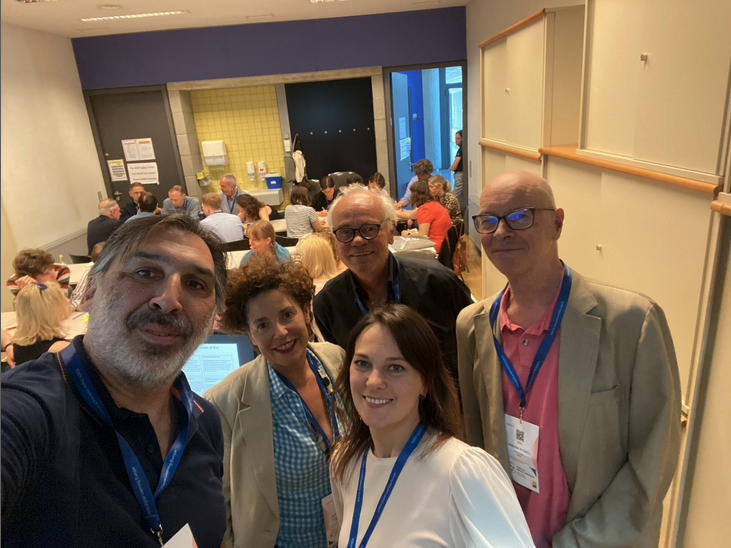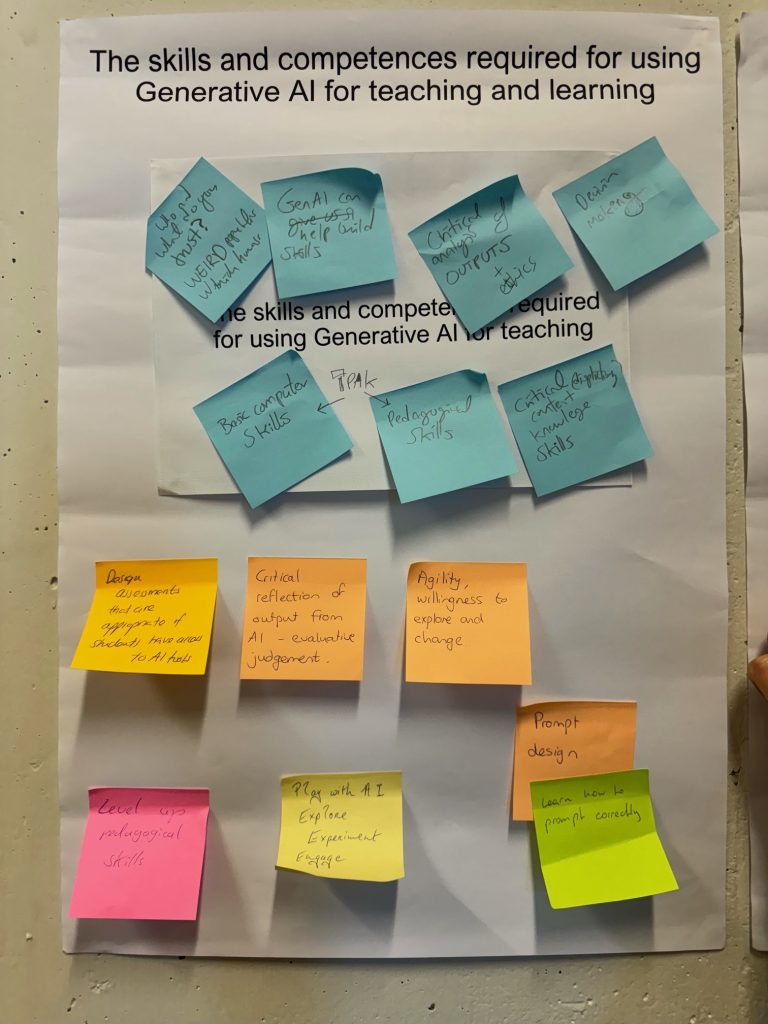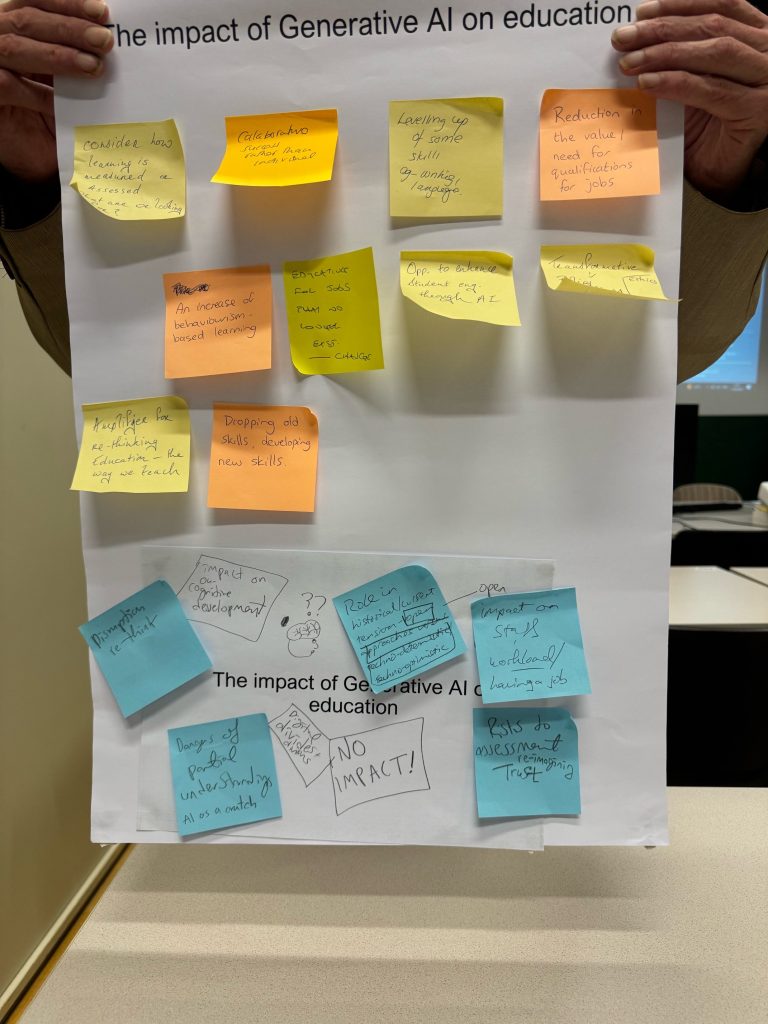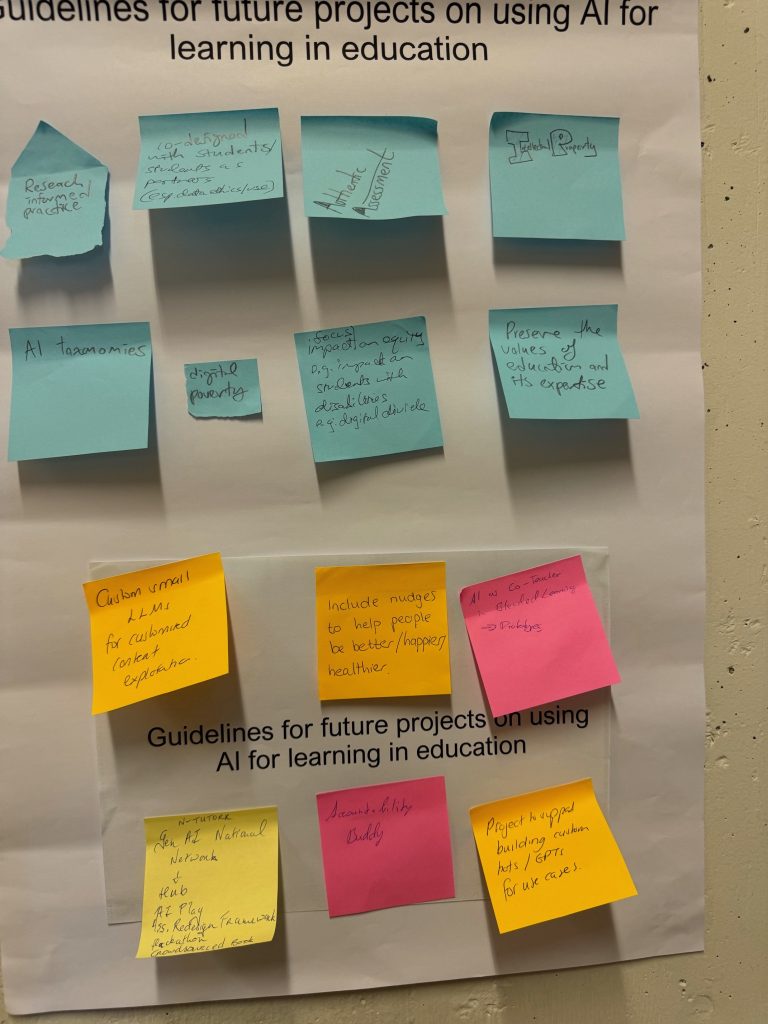How are jobs sensitive to AI doing: an update

Jeisson Cardenas-Rubio and Gianni Anelli-Lopez from the University of Warwick Institute for Employment Research have posted an interesting blog on the LMi for All website. They have been using data from scraped job adverts to assess the impact of generative AI on employment in the UK. In their first report, some six months ago and looking at data until mid 2022, they looked at the impact on 15 jobs identified by Eloundou, (2023) as vulnerable to Chat GPT. In their initial research they found that "although the fear of AI-induced job displacement is understandable, the current evidence from the UK suggests that AI tools such as Chat-GPT are not yet leading to job losses. The initial findings from the United Kingdom (UK) indicate that, following the launch of Chat-GPT, there have been no sizable changes in the labour market trends, particularly for jobs deemed susceptible to these type of AI tools."
The follow up research suggests some change. In the period to December 2023, the data
begins to reveal a subtle yet persistent decline in the share of online job advertisements (OJAs) for jobs considered to be sensitive to the diffusion of GPTs (i.e. jobs where tasks can be automated or augmented by the widespread adoption and integration of GPTs).
They question whether the modest negative trajectory will continue, stabilise at its current levels, or whether there will be a resurgence as the market adapts and finds new equilibrium with AI technologies?
In conclusion they say:
Incorporating the insights of Acemoglu, Autor, and Johnson (2023), we recognise that selecting a path where technology complements human skills is possible but demands shifts in technological innovation, corporate norms, and behaviours. The goal is to use generative AI to develop new tasks and enhance capabilities across various professions, including teaching, nursing, and technical trades. This approach can help reduce inequality, increase productivity, and elevate wages by enhancing the skill level and expertise of workers.
References
Acemoglu, D. et al. (2023) Can we Have Pro-Worker AI? Choosing a path of machines in service of minds. Centre for Economic Policy Research. Available at: https://cepr.org/system/files/publication-files/191183-policy_insight_123_can_we_have_pro_worker_ai_choosing_a_path_of_machines_in_service_of_minds.pdf
Eloundou, T. et al. (2023) ‘GPTs are GPTs: An Early Look at the Labor Market Impact Potential of Large Language Models’. Available at: http://arxiv.org/abs/2303.10130.
Appendix
This is the fifteen occupations identified by Eloundou as sensitive to AI. The numbers refer to the UK Standard Occupational Classification: it would be interesting to hear from any similar work undertaken in other European countries.
- Survey Researchers – Business and related research professionals (UK SOC code 2434)
- Animal Scientists – Biological scientists (2112)
- Climate Change Policy Analysts – Social and humanities scientists (2115)
- Blockchain Engineers – Programmers and software development professional (2134)
- Web and Digital Interface Designers – Web design professionals (2141)
- Financial Quantitative Analysts – Finance and investment analysts and advisers (2422)
- Tax Preparers – Taxation experts (2423)
- Mathematicians – Actuaries, economists and statisticians (2433)
- News Analysts, Reporters, and Journalists – Newspaper and periodical journalists and reporters (2492)
- Public Relations Specialist – Public relations professionals (2493)
- Proofreaders and Copy Markers – Authors, writers and translators (3412)
- Accountants and Auditors – Book-keepers, payroll managers and wages clerks (4122)
- Correspondence Clerks – Records clerks and assistants (4131)
- Clinical Data Managers – Database administrators and web content technicians (3133)
- Court Reporters and Simultaneous Captioners – Typists and related keyboard occupations (4217).
(Eloundou T. et al. (2023) ‘GPTs are GPTs: An Early Look at the Labor Market Impact Potential of Large Language Models’. Available at: http://arxiv.org/abs/2303.10130.






